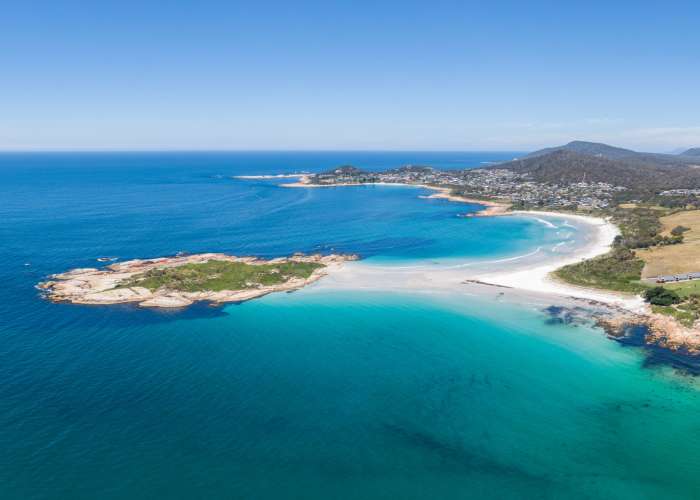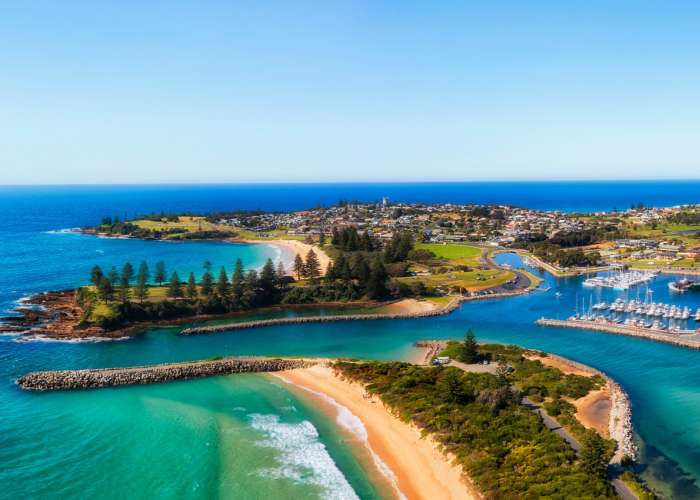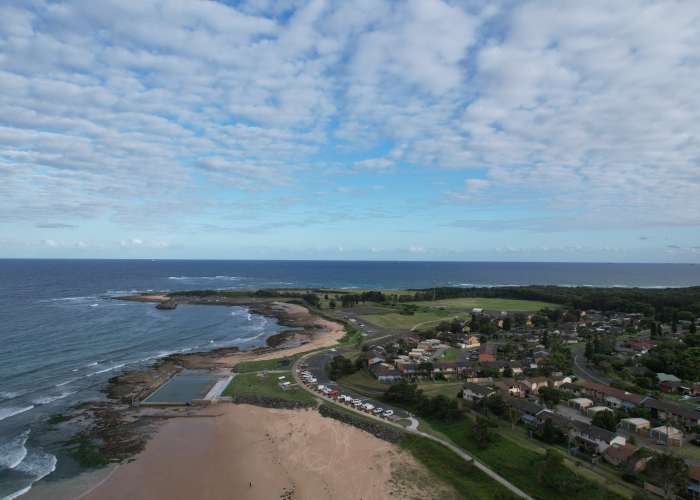What kind of data is collected?
The NOD collects the outfall information and effluent quality data. Outfall information includes the outfall GPS location, scale, licence number, water manager, and estimated serviced population. A brief description of serviced areas and wastewater discharged location is collected from the various sources, such as annual report, National Pollution Inventory, Environmental Protection Authority, Australian Bureau of Statistics and the authorities’ websites.
The effluent quality data collected contains various water indicators data. Currently, there are 30 indicators recorded in the database, such as E. coli, nitrogen, phosphorus, turbidity, and pH.
How is the data collected?
The data is either collected through the authorities’ website or by request. Data collection is conducted once a year in the beginning of financial year. In some cases, the data collection can be delayed due to funding approval.
How is the data verified?
The verification is performed after the data have been entered into the database. Since our data format is different from the raw data, mistakes sometimes happen or can be missed. The data are checked for accuracy, inconsistent, double data entry and any outliers.
How is the data updated?
Once the mistake is identified, the data will be updated as soon as possible according to the correct information and/or values.
What is the method to analyse the data?
A simple descriptive statistic is used to display the summary results for outflow volume and the average values for other parameters, such as E. coli, nitrogen, phosphorus, turbidity, and pH. Further analysis is performed for calculating the annual load of nitrogen and phosphorus and displayed on our annual ranking report in the publication page.
What happen if there is any data error?
If you notice any error with the outfall data, please report your finding to provided contact form or research.analyst@outfalls.info. Our team will get back to you as fast as possible.
Who can access the data?
Anyone can access the data, including the outfall GPS location, licence number and official data. To access go to Data Access page and choose specific range and location. If you cannot find the data you are looking for or have difficulties accessing the data, please use the contact form or send email to research.analyst@outfalls.info. Our team will get back to you as fast as possible.



